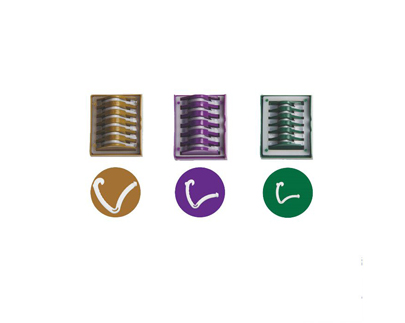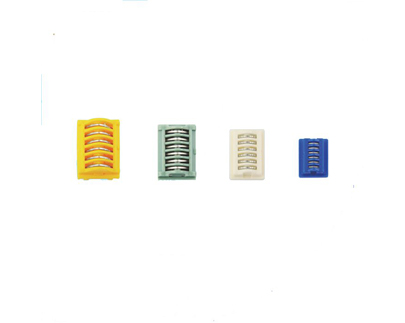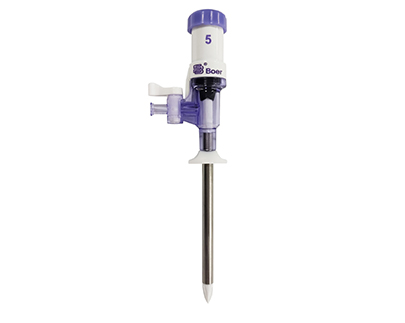Safety Considerations Associated with Using Optical Trocars
In the world of surgery, safety is paramount. Every instrument and technique used in the operating room must be carefully considered to ensure the well-being of the patient. One such instrument that requires a high level of attention to safety is the optical trocar. Used in laparoscopic procedures, the optical trocar plays a crucial role in providing visualization and access to the surgical site. However, there are a number of safety considerations that must be taken into account when using this device.
Proper Training
One of the most important safety considerations when using an optical trocar is ensuring that the surgical team is properly trained in its use. The insertion of an optical trocar requires precision and skill, as improper placement can lead to serious complications. Surgeons and operating room staff should undergo thorough training and practice with the device before using it in a live surgery setting. This training should include proper technique for insertion, visualization, and removal of the trocar.
Careful Insertion
The insertion of an optical trocar must be done with care and precision. The trocar should be inserted at a 90-degree angle to the abdominal wall, using a gentle twisting motion to create a small incision. The surgeon must be mindful of the depth of insertion, as going too deep can cause damage to internal organs. Additionally, the position of the trocar should be carefully monitored throughout the procedure to ensure that it remains secure and in the correct location.
Maintaining Visualization
One of the primary benefits of the optical trocar is its ability to provide visualization of the surgical site. However, this visualization can be hindered by factors such as fogging or debris on the camera lens. To maintain clear visualization, the surgical team should take care to keep the camera lens clean and free of obstructions. Regularly checking and cleaning the lens throughout the procedure can help prevent issues with visibility and ensure a successful outcome.
Removal Technique
Once the surgical procedure is complete, the optical trocar must be carefully removed from the patient's abdomen. The trocar should be gently unscrewed from the abdominal wall, taking care to avoid any sudden movements that could cause injury. After removal, the insertion site should be carefully inspected for any signs of bleeding or injury. Proper wound care should be provided to promote healing and reduce the risk of infection.
In conclusion, the use of an optical trocar in laparoscopic surgery requires careful attention to safety considerations. Proper training, careful insertion techniques, maintaining visualization, and using the correct removal technique are all essential for ensuring the well-being of the patient. By following these safety guidelines, surgeons and operating room staff can help minimize the risk of complications and achieve successful outcomes in laparoscopic procedures.



